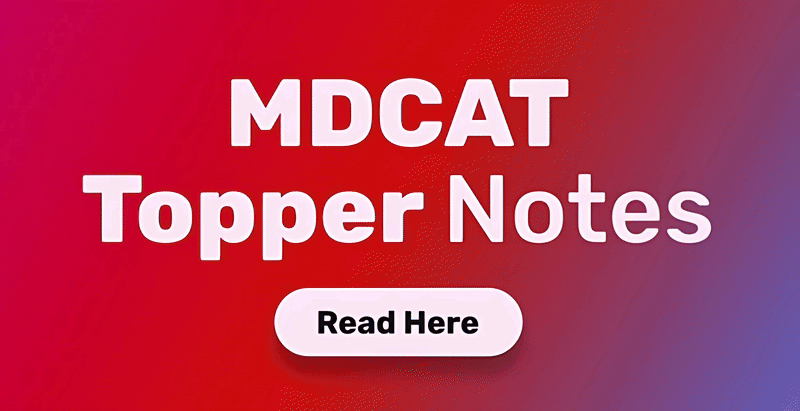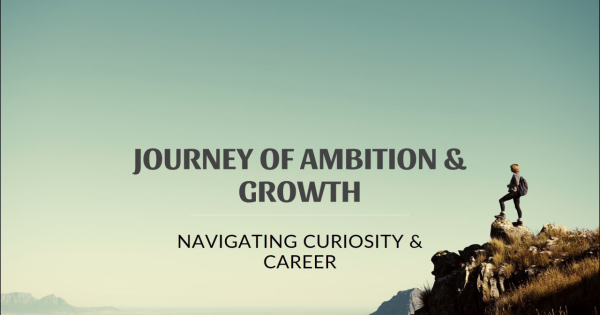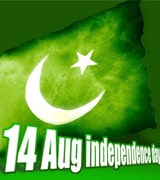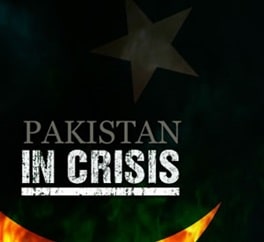Introduction
Pakistan is one of the developing countries of South Asia. Amongst various problems faced by the developing countries, one of the major challenges is fresh water availability to its inhabitants. Government of Pakistan is paying full attention towards this problem because many more issues are associated with proper supply of water and drainage system. Few of them are the gradual decrease in ground water level, purification of drinking water, proper allocation of resources to system with increase in population, installation of properly planned drainage system in congested areas as well as for the new schemes.
To identify the causes of water related diseases a properly managed water supply and drainage management information system is the basic requirement of this era. The information generated by such information system will be more useful in analysis and planning if GIS is involved. The use of GIS will facilitate the users of the system to identify spatially referenced features on the ground, perform analysis, infer and make appropriate actions on time.
A Spatial Database is required to store the spatially referenced data and to keep log of allocated resources as well as the information about the required financial and technical resources for planning extensions.
To keep in mind these things that describe above we have developed web based GIS for fresh water supply system of UC-60 Lahore.
Study Area
Our study area is UC-60 Lahore. Union Council 60 is a poor peri urban community located in Aziz Bhatti Town near Rangers Headquarters Lahore.
Location
31Degree 33 minute 05 Second North and 74 Degree 24 minute 56 Second East.
Present Status of Water and Sanitation in UC-60 Lahore
They have no access to government water supply and sanitation schemes. Poverty, illiteracy and absence of any health and hygiene program have resulted in poor community health. 37 to 42% adults and children were sick in last three month from water and sanitation diseases.
Poor health of the Inhabitants
The initial field survey revealed that people in the area do not have any water supply and sanitation system.
Anecdotal evidence from the discussion with communities suggests  that elders and children health is affected as the sewage water is  mixed with the drinking water.The existing water supply is through instillation of small motor pumps to extract ground water.
Disease Profile of the Area
Extremely low literacy rate, poor hygienic knowledge about the safe storage of water has impacted the community health. It is reported that in children Gastro is mostly reported diseases followed by Diarrhea and Jaundice
Knowledge about quality and storage of water
- The respondents were aware about the importance of the quality of water based on the indicators of taste, color and smell.
- 58% were not satisfied with the quality of water based on the indicators.
- However, there un-satisfaction was not translated into concrete positive health behavior
Project Goal
Development of Web based GIS system for the spread of Fresh Water, while making the system sustainable and research oriented through management of resources applied and impact assessment tools and techniques.
METHODOLOGY
- Requirements Gathering Phase
- Meter Quick Bird Satellite Image (Area of concern)
0.6 meter Quick Bird Satellite Image (Area of concern) - Thematic Map (Area of concern)
This map has followings information:- Primary Feeder information
- Secondary Feeder Information
- Distribution Mains Information
- Valves Information
- Meter Quick Bird Satellite Image (Area of concern)
- Database Design Phase
Database design is the process of producing a detailed data model of a database. this logical data model contains all the needed logical and physical design choices and physical storage parameters needed to generate a design in a Data Definition Language, which can then be used to create a database. A fully attributed data model contains detailed attributes for each entity. - Processes
Georeference
To georeference something means to define its existence in physical space. That is, establishing a relation between raster or vector images to map projections or coordinate systems. This procedure is thus imperative to data modeling in the field of geographic information systems (GIS) and other cartographic methods. When data from different sources need to be combined and then used in a GIS application, it becomes essential to have a common referencing system. This is brought about by using various georeferencing techniques. - Spatial Data on Web
- Mapguide Open Source
MapGuide Open Source is a web-based platform that enables users to quickly develop and deploy web mapping applications and geospatial web services. MapGuide features an interactive viewer that includes support for feature selection, property inspection, map tips, and operations such as buffer, select within, and measure. MapGuide includes an XML database for managing content, and supports most popular geospatial file formats, databases, and standards. - Fusion
Fusion is part of Map Guide. Fusion handles the user interface between the client and Map Guide. Fusion is a web-mapping application development framework for MapGuide Open Source (MGOS). Fusion allows web designers and developers to build rich mapping applications quickly and easily.
Using &ldquowidgets” that provide the interface functionality within Fusion&rsquos modular architecture developers are able to add, remove, or modify functionality using standard-compliant HTML and CSS. Fusion requires no proprietary browser plug-ins, and it produces applications that work in all major browsers on Windows, Mac, and Linux.
Fusion provides a flexible means of interacting with Map Guide Open Source (MGOS). Using a growing suite of widgets, this modular-based system allows us to build powerful, interactive AJAX applications quickly with minimal programming experience. For applications requiring special functionality, Fusion provides an extensible platform that allows we to develop own widgets.
- Mapguide Open Source
Conclusion
Water Supply can use GIS in conjunction with the source water assessments to help protect the various water supply system. With an adequate database, Geographic Information Systems (GIS) can serve as a powerful analytic and decision-making tool for water supply system. Furthermore, it can also be used for management and to test consequences of development.
Tasadduq Hussain
Top Contributors
Related Articles
From Curiosity to Career A Purpose-Driven Journey Through the 4D Growth Framework
- Ilmkidunya
- 10/Jun/2025










































